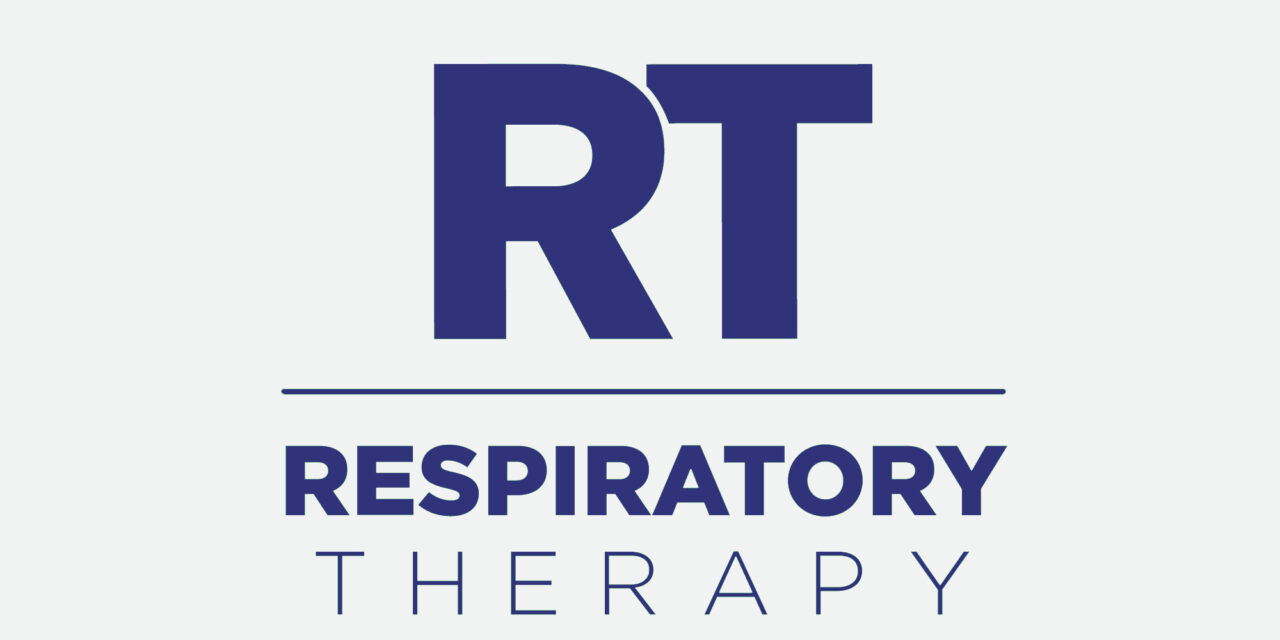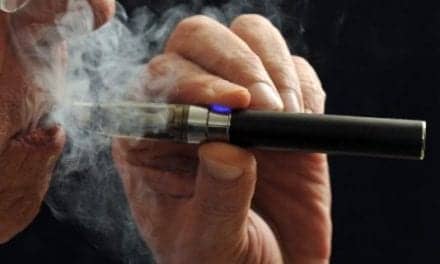The American Thoracic Society’s (ATS) 98th International Conference will be held in Atlanta on May 17-22, 2002.
By Paige Smith
Southern hospitality will be at its finest during this year’s American Thoracic Society (ATS) 98th International Conference, which will be held in Atlanta on May 17-22, 2002. This show will bring more than 4,600 podium and poster presentations educating RTs on new research findings that will expand their knowledge on prevention, diagnosis, and treatment of respiratory disorders and critical care medicine. There will be approximately 14,000 registrants who can participate in panel discussions and listen to world-renowned medical scientists discuss state-of-the-art overviews on respiratory care.

Topics at the show will range from gender differences in lung disease, COPD exacerbations, and screening for lung cancer, to controversies in critical care, lung cancer therapy, and the impact of global warming’s effect on health. An additional seminar, “After September 11th: Bioterrorism and the Environment Health Aftermath of the WTC Disaster,” has been added to the ATS schedule. This course will discuss the risks associated with bioterrorism and in understanding them. It will also discuss the available preparedness options, the types of pollution that resulted from the World Trade Center attack, and potential respiratory health consequences of the pollution that was spread.
On April 2, the New York Times published an article discussing the most effective way to use the smallpox vaccine to battle the threat of a bioterrorist attack.1 Since the United States stopped vaccinations in 1972, younger Americans have no immunity and older people may not have the antivirus in their systems anymore. The article says that to vaccinate every American would eliminate the threat of a bioterrorist attack; however, the available supply of 77 million doses is not enough to cover the entire population. The vaccine can also be hazardous as events have changed the ratio of risks and benefits since 1972, such as the onset of AIDS and new treatments for cancer. Efforts will be made to expand the doses of the smallpox vaccine only after an attack occurs, which limits it to people who have contact with a suspected or confirmed case of smallpox.
To emphasize the importance of becoming educated about smallpox, John D. Zoidis, MD, writes a fictional case report (page 59) about what could happen if these bioterrorism threats are realized. He gives a historical perspective of when the disease originated and goes on to explain that the virus enters through the respiratory tract or oropharynx but does not produce symptoms or local lesions until the end of the primary incubation period, which is usually between 12 and 14 days. He concludes the report by giving a detailed description and microbiology of the disease so RTs will know what to look for such as high fever and lesions on the skin. Once RTs are aware of the signs and symptoms of smallpox infection, effective control measures can be implemented in case of a bioterrorism attack.
Please be sure to stop by booth #1461 to say hello to the RT team in Atlanta as we are eager to hear your views on the magazine and what types of articles you would like to see in future issues. See you in Atlanta!
RT
Paige Smith is the former editor of RT. For more information, contact [email protected].
Reference
1. Altman LK. New options in assault on smallpox. New York Times. Available at: http://www.nytimes.com/2002/04/02/health/02DOCS.html. Accessed April 2, 2002.










